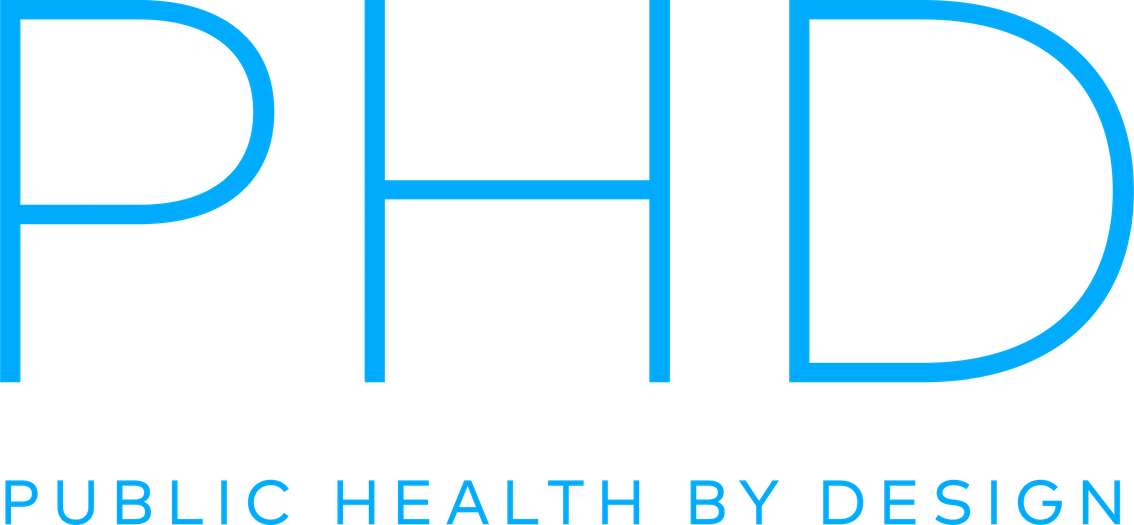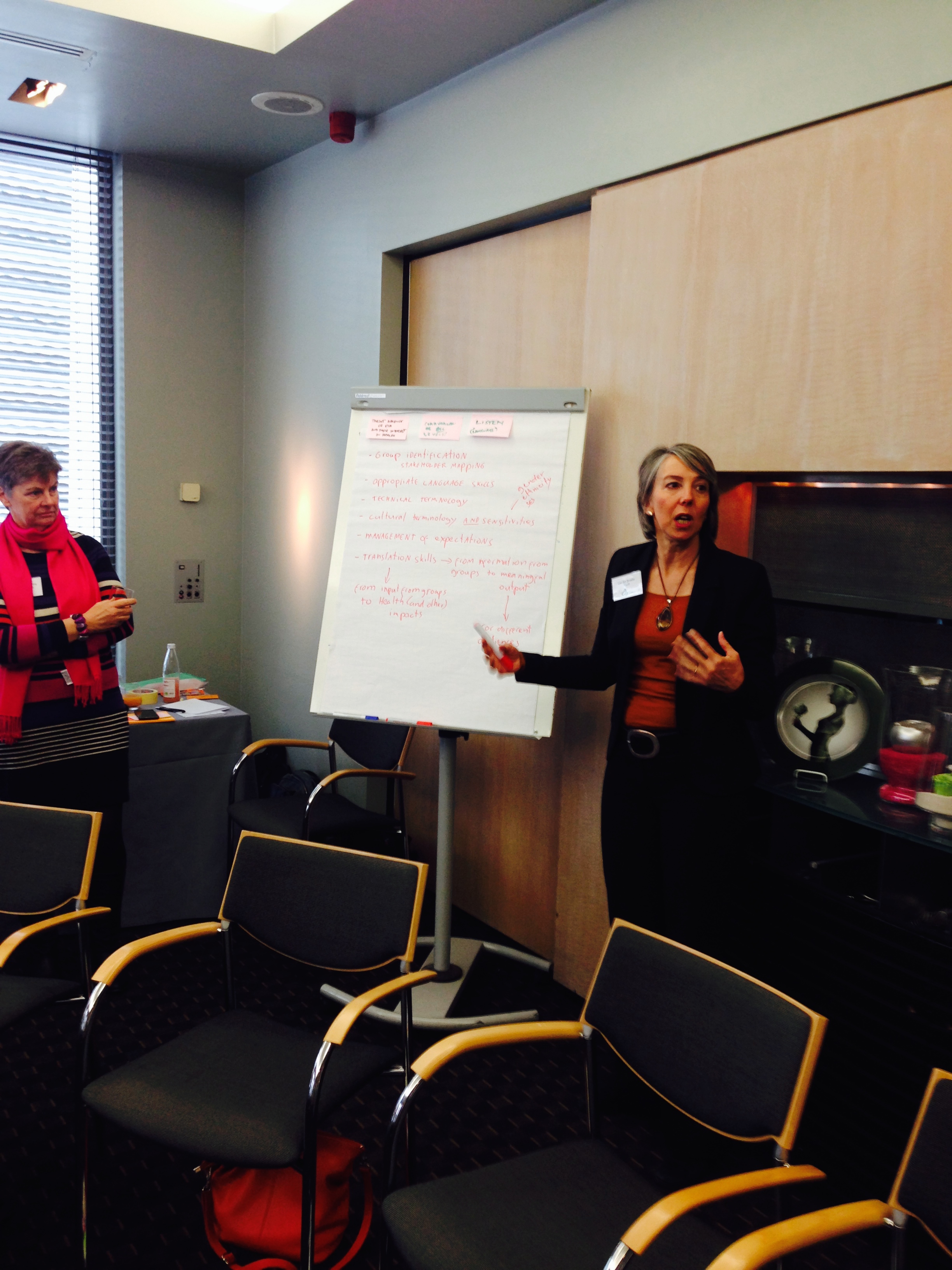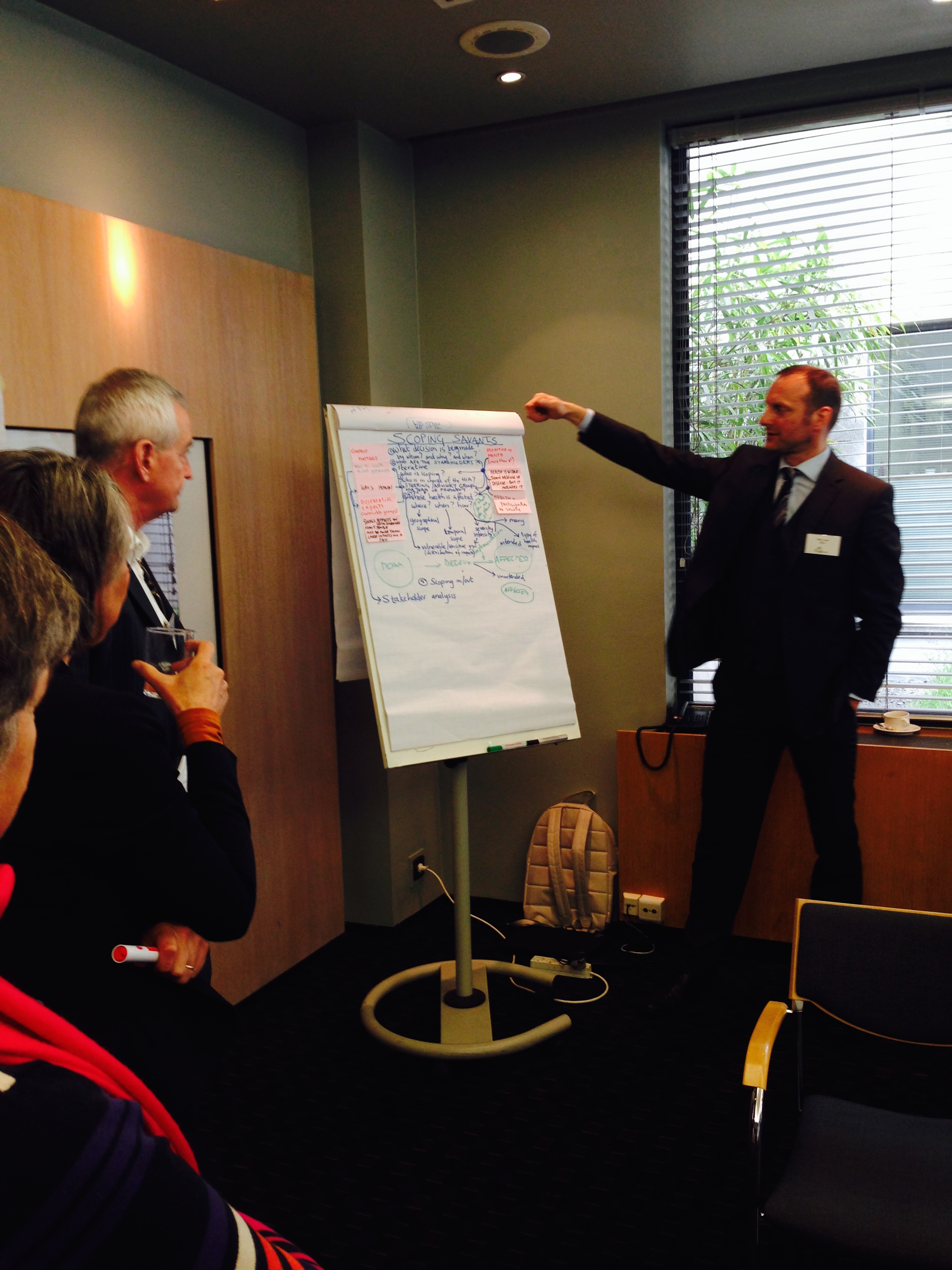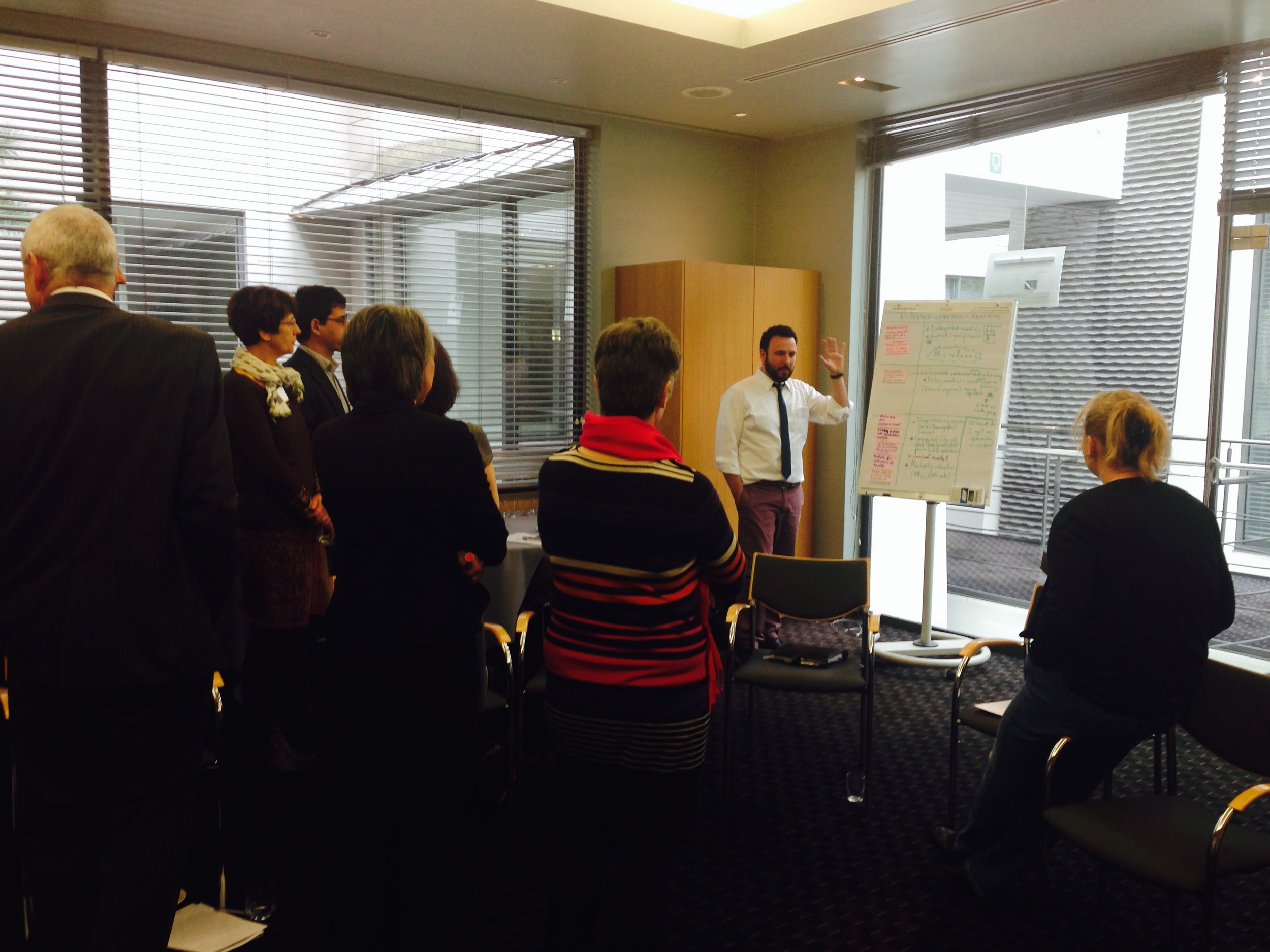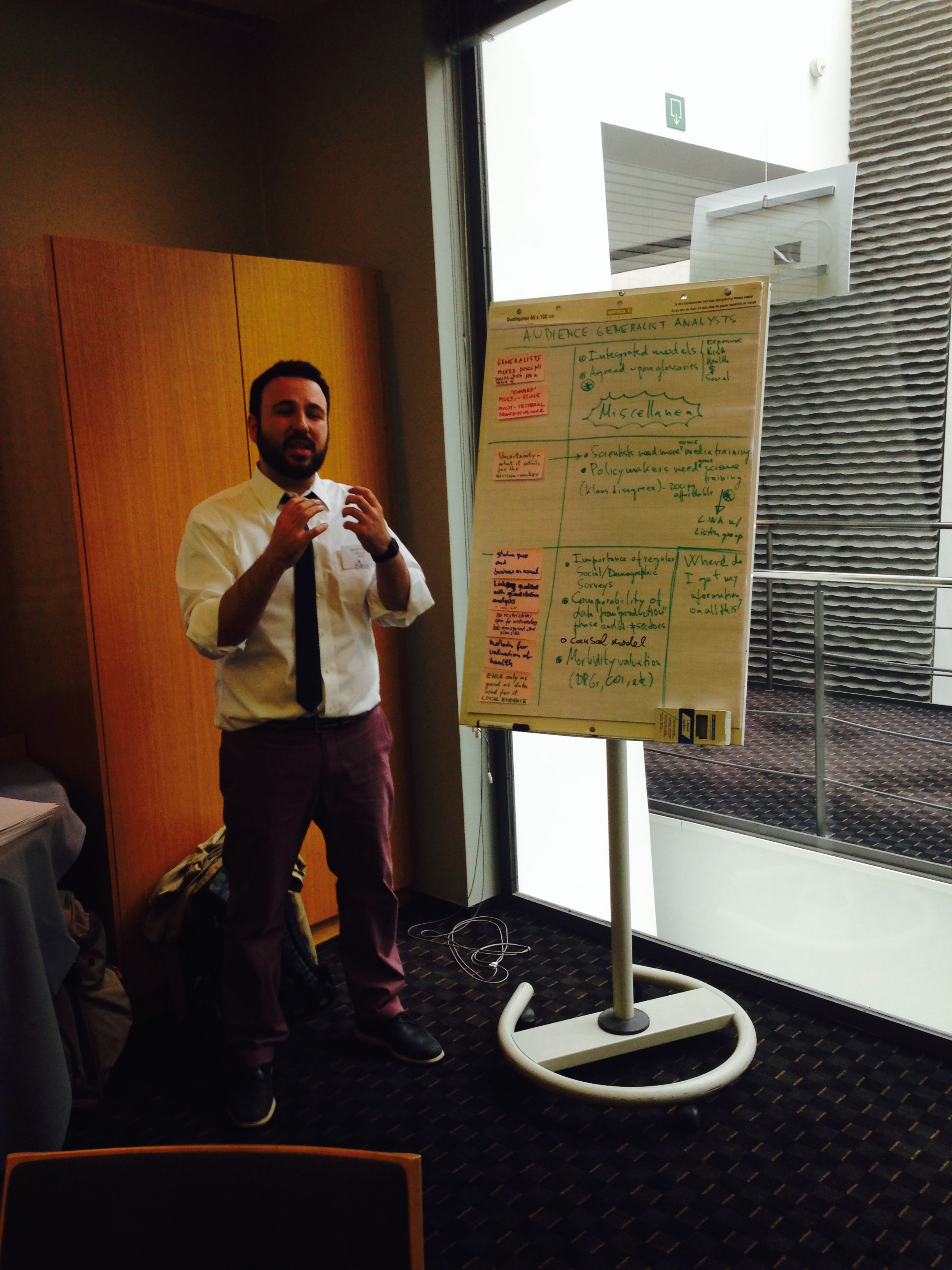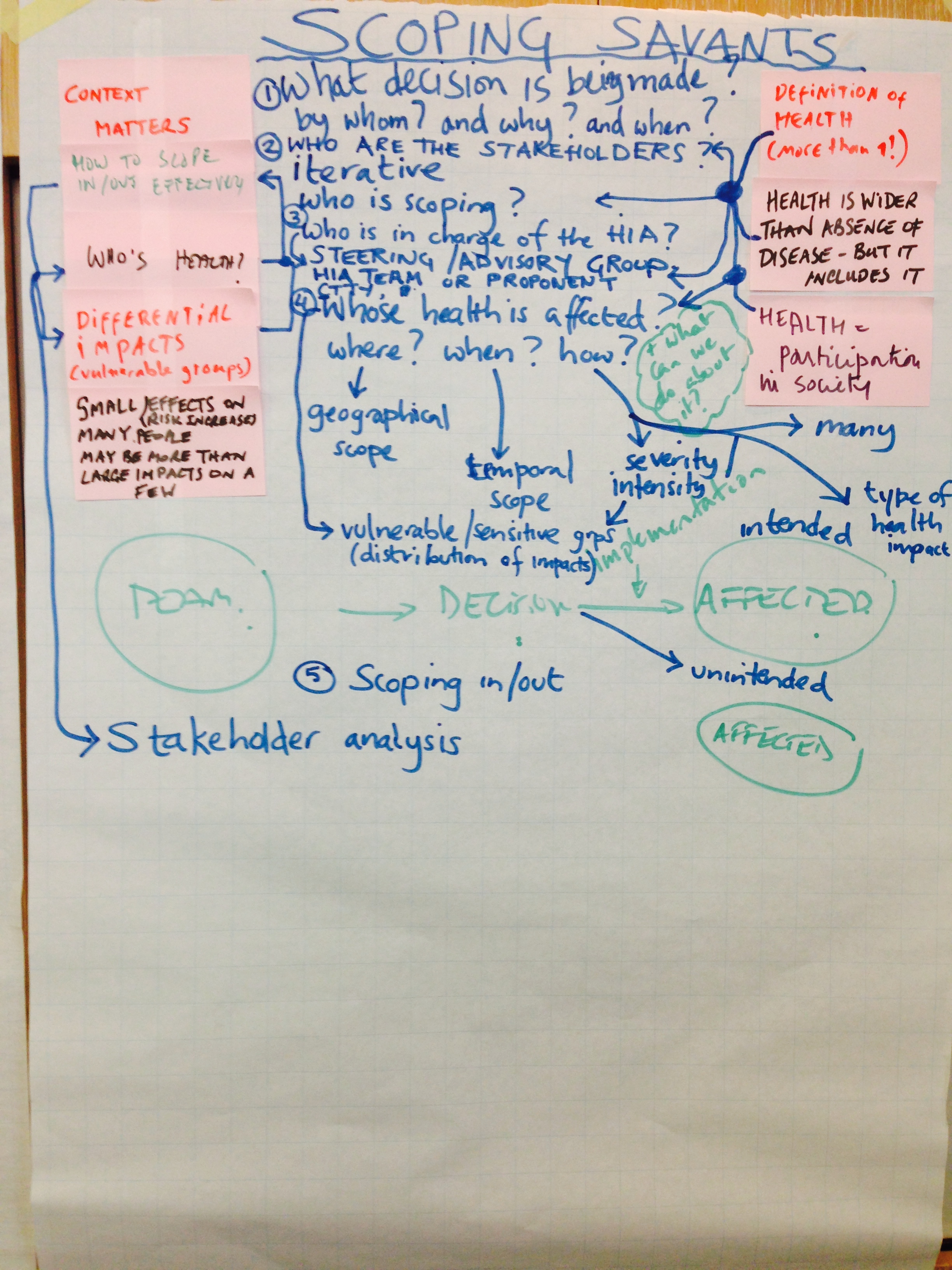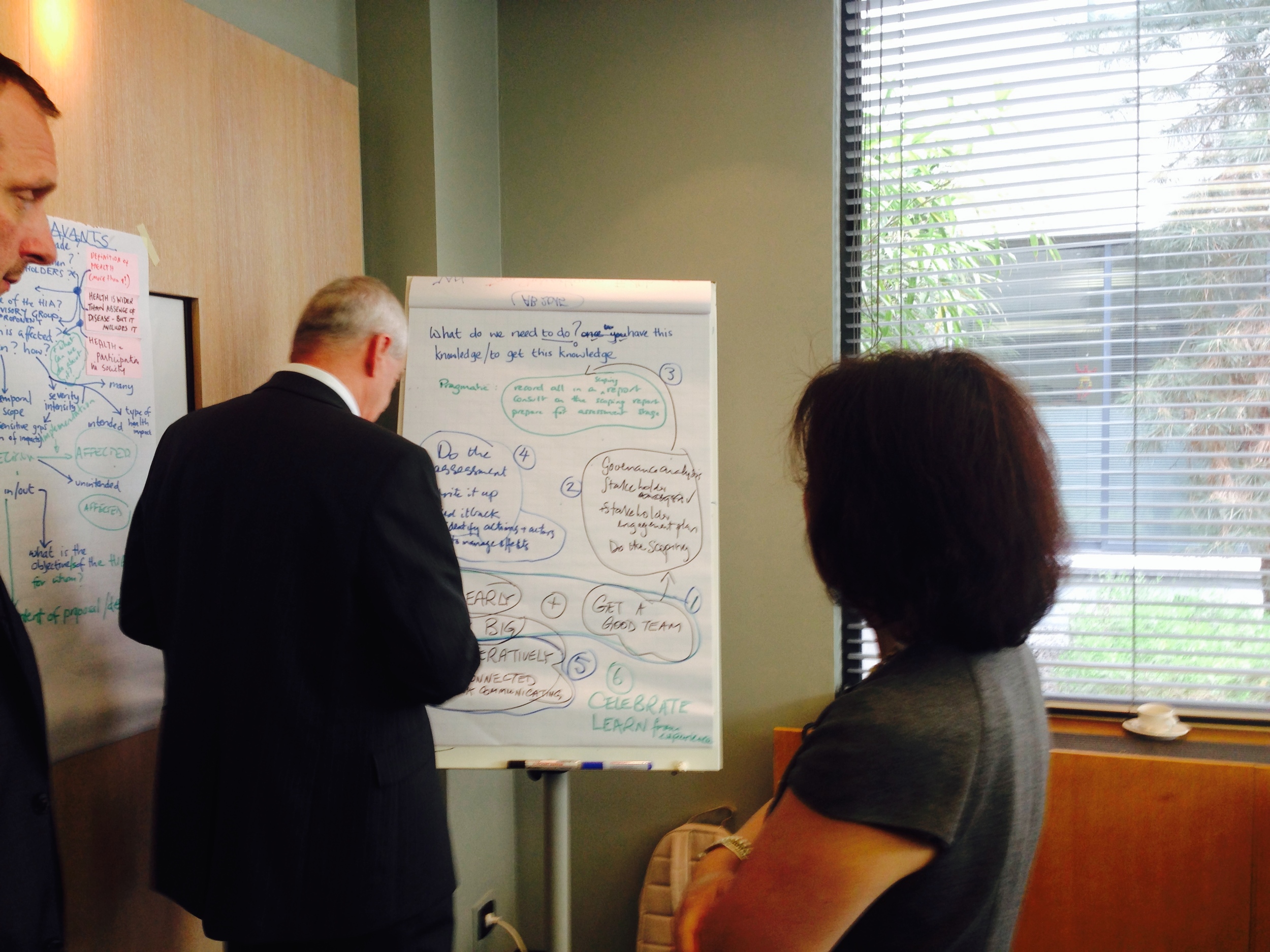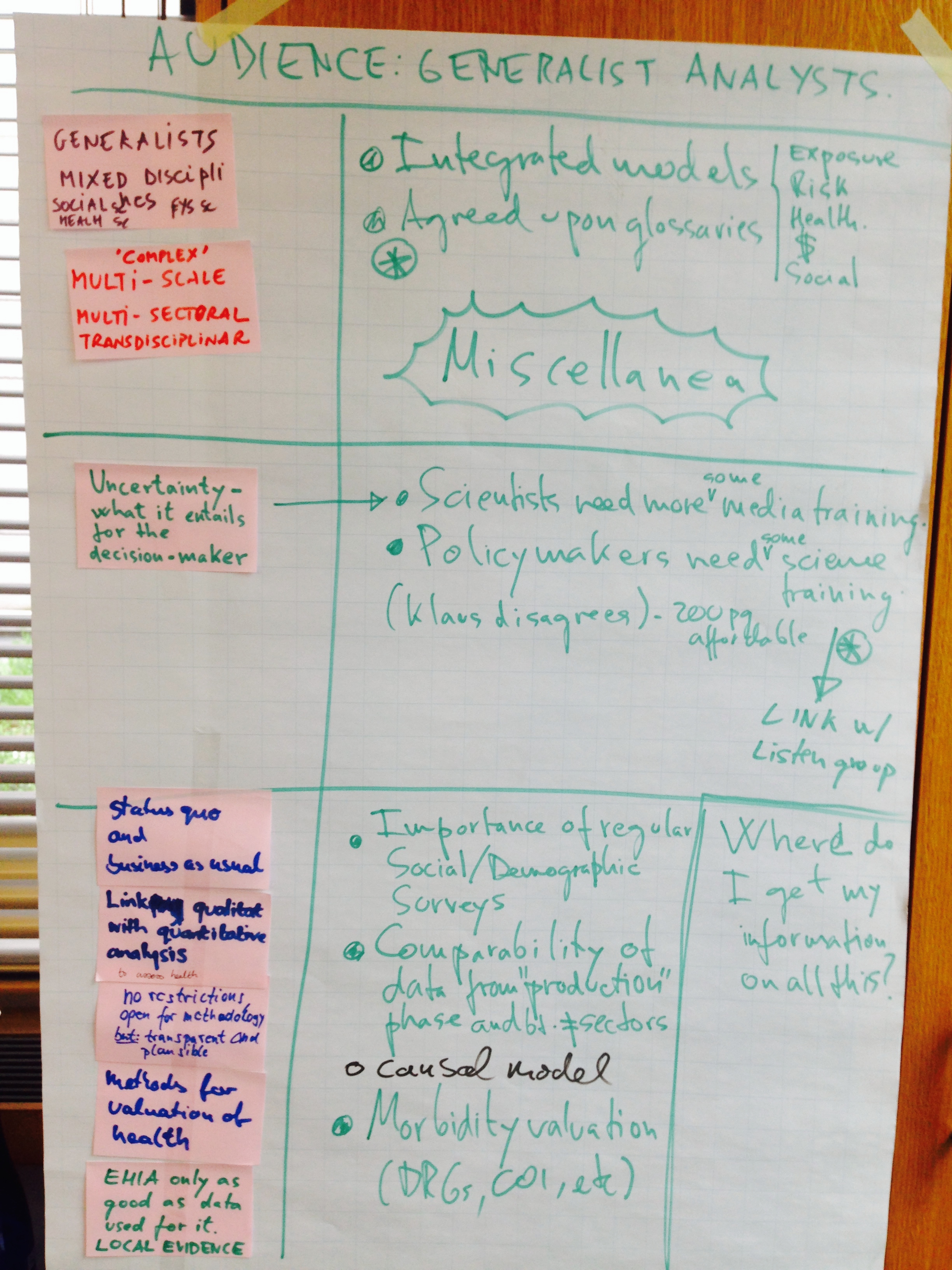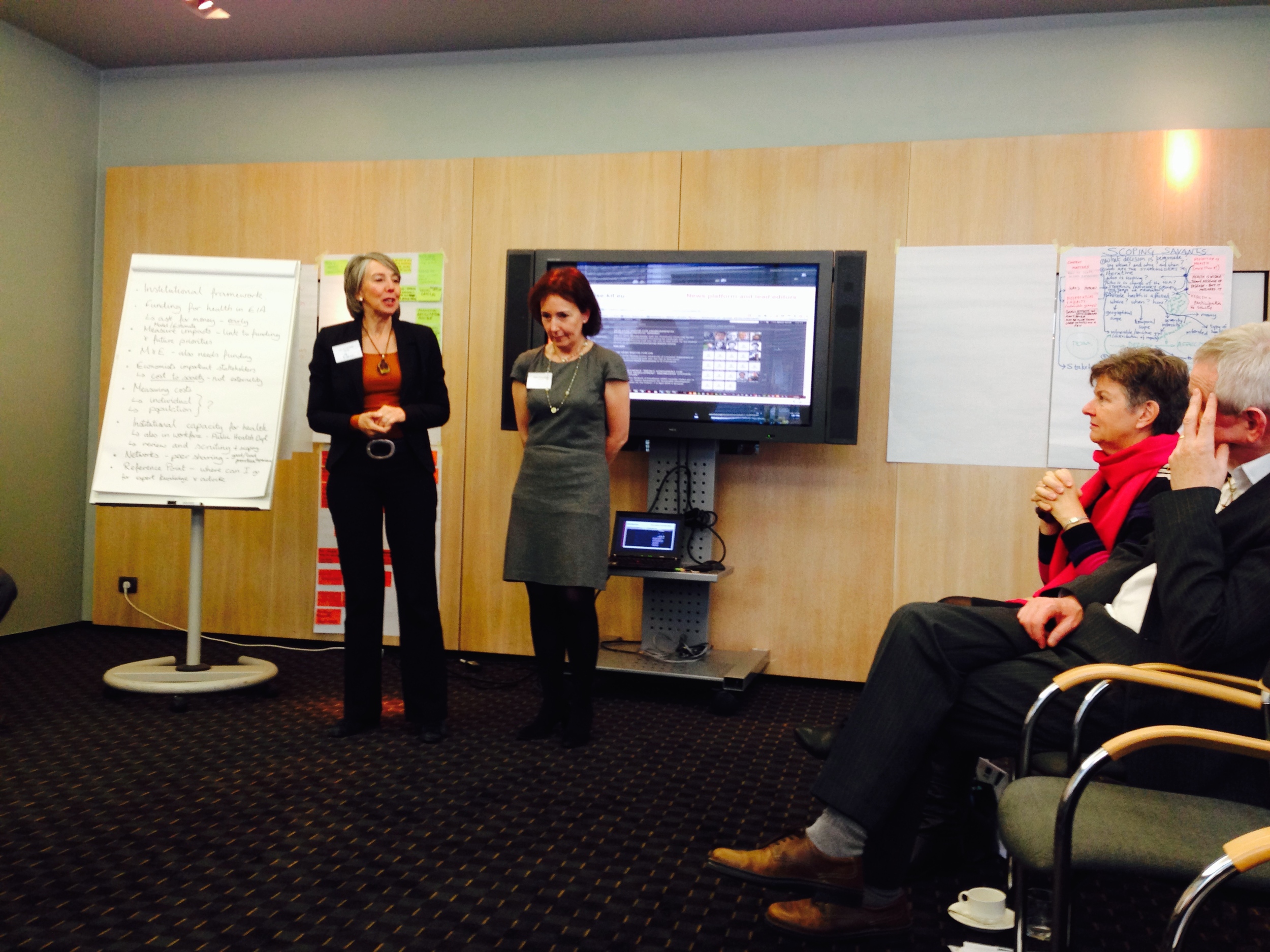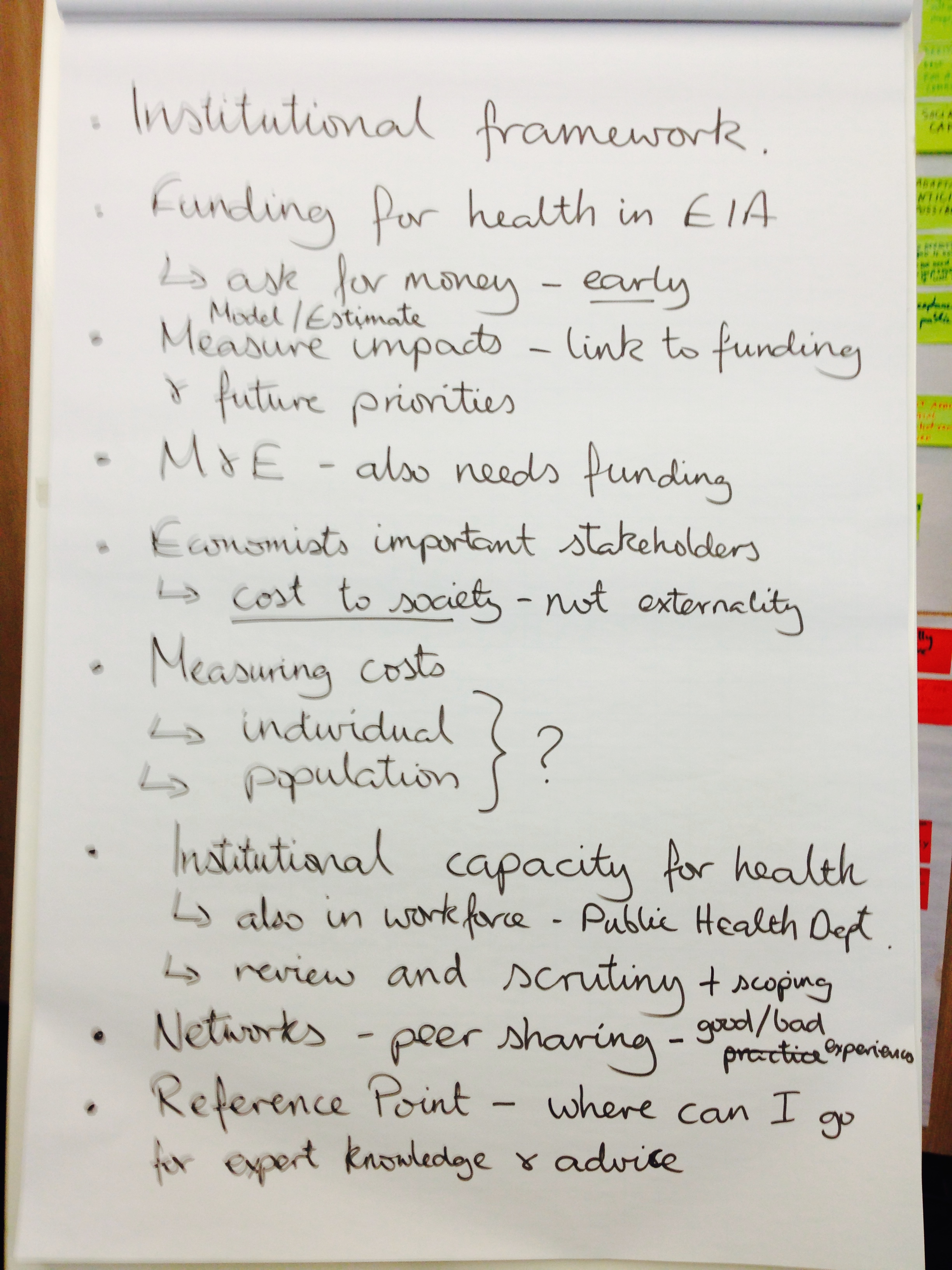Projectos e Clientes
Alguns clientes a quem fornecemos serviços: AECOM, ARUP, Atkins, Entec, Eskom, European Commission, ExxonMobil, NHS Hounslow, NHS Kingston, NHS Luton, Newport City Council, Northern Ireland Roads Service, North West London Waste Authority, Redrow Homes, Rose Energy, RSK, Viking Energy, BG, Saudi Aramco, Scottish Government, Scott Wilson, Wales Centre for Health, Welsh Assembly Government, Westminster City Council, WYG Group, Chevron, Health Scotland, High Speed 2 (HS2), Hirwaun Power, Homes and Communities Agency, LIAISE, London Borough of Hillingdon, London Health Commission, London Development Agency, Peter Brett Associates, Prologis, Temple Group, Thames Water, Transport for London, Development Bank of Southern Africa, Int. Council on Mining and Metals, URS, Asian Development Bank.
Orientações
Fast Tip No 8: Health Impact Assessment
Client : International Association for Impact Assessment, Antwerp 2014
This Fast Tips Fact Sheet focused on Health Impact Assessment. The purpose of the Fastips is to provide practical tips in a fast way. Fastips aim to be a small but useful piece of practical and quick advice. Fastips are designed to serve impact assessment (IA) professionals, may they be consultants, reviewers or other professionals dealing with different forms of IA. The Fastips series offer practical clarification on frequent asked questions and are particularly useful for a quick look when there is no time for investigating or reviewing others experiences or formal guidances. Fastips should help to improve best practice but are not meant to replace the IAIA principles series.
The World Health Organization supports HIA as a resource for protecting and promoting human health. National governments support HIA as do multi-lateral lenders such as the World Bank. International industry associations also promote the use of HIA.
Relatórios
Equity Focused Review Report of the Airport Commision's Community Health Relevant Assessments
Client : London Borough of Hillingdon, Location 2015
The aim of the Review was to review the Airports Commission’s Appraisal Framework, published in April 2014, and the completed community health-relevant Assessments, published in November 2014, from a health equity perspective i.e. using a “health equity lens”.
Overall, the Airports Commission’s Assessments would have benefited from a further detailed assessment of health and health equity impacts of each potential new scheme through a separate Health Impact Assessment (HIA) that sits alongside and synthesises the findings of the suite of health-relevant assessments (including the Quality of Life Assessment) undertaken by the Airports Commission.
The recommendations identified in this Review Report, if undertaken, are likely to improve the quality of the analysis, in regard to the health and wellbeing impacts, of the existing suite of Assessments undertaken by the Airports Commission.
Public Health/HIA focused comments on WB's Review and Update of the World Bank Safeguard Policies
Client : Public Health by Design, London 2015
The World Bank has recently closed its consultation on its programme to review and update its safeguard policies. This included its environmental and social framework and performance standards.
PhD have commented on the Framework, Vision, Policy and Environmental and Social Standard 1 (ESS1): Assessment and Management of Environmental and Social Risks and Impacts and Environmental and Social Standard 4 (ESS4): Community Health and Safety.
Daresbury, Halton Outline Planning Application Health Impact Assessment
Client : Redrow NW, 2015
The HIA assessed the potential health and wellbeing impacts of the this 550 home mixed residential development.
The development was made up of t wo areas of residential development comprising up to 550 houses on approximately 28 hectares of land; a network of open spaces for nature conservation, recreation and surface water management including public open spaces to serve the residential areas; walking and cycling routes and expansion of the greenway network; a local centre up to 3,000 sqm of Use Classes A1, A2, A3, A4, A5 and D1; commercial/office/research development up to 15,000 sqm alongside the Bridgewater Canal; new junction improvements to the A558 as part of the main road access; downgrading and realignment of Keckwick Lane to pedestrian and cycle access only and downgrading of existing railway underbridge on Keckwick Lane to bus/emergency/pedestrians/cycle route, controlled by signalling; and closure of Delph Lane south of the Chester-Manchester rail line.
Millharbour Village, Tower Hamlets, London, Mixed Use Residential Development Full Application Health Impact Assessment
Client : Millharbour LLP, London 2014
The HIA assessed the potential health and wellbeing impacts of the Millharbour Village Masterplan Application. The Millharbour Village proposal involves a comprehensive redevelopment of the Site, removing the existing buildings to deliver a scheme consisting of residential units (1500 homes), cafes and restaurants and new educational facilities to facilitate the relocation of the existing Montessori School and Lanterns School, as appropriate, as well as a new state-maintained primary school. The proposal represents the next step in the development of the Millennium Quarter helping to meet the local and regional strategic objectives of the Site by delivering a residential led high-density mixed use development, rooted in the principles of sustainability.
Workshops
Health in Environmental Impact Assessment Workshop
LIAISE, Brussels, 2014
The workshop invited participants to discuss the current definition and understanding of ‘Health’ in Environmental Impact Assessments (EIA) being undertaken in the European Union to see if there was any room for improvement in order to enhance the impact on European citizens human health.
Key questions included:
- How should health ideally be included in EA?
- How does that happen to date?
- Is health coherently included in EIA currently?
- What would be needed to better include it?
- Is there a need for a broader definition of health, more linked to human health resilience than critical thresholds?
- Is there a need to focus on health opportunities instead of health risks?
Apresentações
Introduction to and international trends in Health Impact Assessment through case study experiences
Salim Vohra, Public Health by Design, London, UK, Co-Chair, Health Section, International Association for Impact Assessment
Euopean Public Health Conference, 2014, Glasgow, Scotland
This presentation introduces Health Impact Assessment (HIA) and discusses international trends in HIA using case study experiences of projects around the world. These have been identified through the author’s work as part of the International Association of Impact Assessment (IAIA), the leading association for impact assessment professionals internationally.
The presentation discusses how HIA is being undertaken in Europe, North America, South America, Africa, SE Asia and Australia and New Zealand in particular. It uses some generalised case study experiences in healthy urban planning (housing developments) and oil and gas projects (e.g. fracking and refining) and discuss both policy and project applications of HIA. The focus of the presentation is on the reasons why HIA is undertaken, how stakeholders are involved, the general methods used and the existing value frameworks and cultures that make up current HIA practice.
Our experience within IAIA shows that current HIA practice generally falls into four broad overlapping groupings; (i) there is a qualitative social approach which focuses on the social and environmental determinants of health, this approach may also focus on or have some quantification of the positive benefits of for example cycling or physical activity; (ii) there is health risk assessment which is the established and long standing approach to quantifying the physical health impacts of exposure to chemicals (e.g. energy from waste facilities); (iii) there is a qualitative environmental approach particular used in low to middle income countries which focuses on the environmental determinants of communicable diseases such as malaria and schistosomiaisis with a smaller social determinants component (often because there is a separate social impact assessment being undertaken); and (iv) there is a quantitative environmentally focused approach, termed environmental HIA, that focuses on the quantification of, for example changes in air pollution, as a result of policy and large programme and project initiatives (e.g. Europe wide policy on reducing air emissions).
